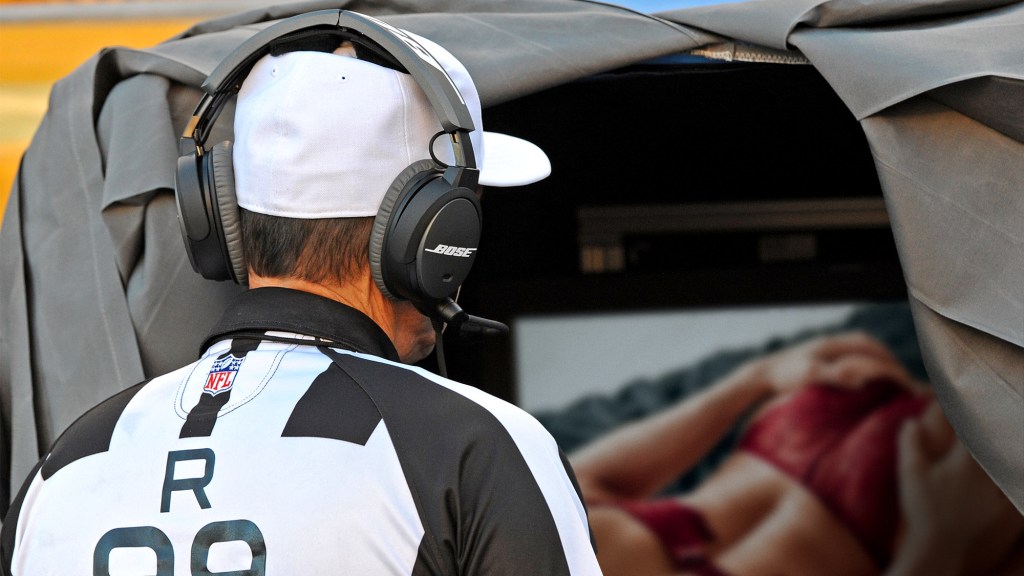UNITED NATIONS—With one in 25 students currently in detention, on suspension, or otherwise held after school on charges, the U.S. leads the world in disciplinary action against schoolchildren, the U.N. Human Rights Commission reported Monday.

“There is a disturbing trend in the corrective measures taken by contemporary American educators,” the report read. “The United States is requiring its students to do time in the guidance counselor or principal’s office three times as often as the average Westernized nation. No other country incarcerates its young at anywhere near that rate.”
Detailed in the 922-page document is an alarming pattern of arbitrary and discriminatory enforcement, uneven interpretation of rules, and unfair punishment disproportionate to the transgression.
“It is an accepted, almost universally acknowledged fact that detention in America is class-based,” UNHRC chief David Ottersen said. “If you are a member of the upper classes, especially a senior, you have little or nothing to fear. You can hit the teacher with a spitball in broad daylight, and you won’t do time. But if you’re a lower-class student, a freshman or sophomore, look out.”
The report also found that U.S. detention facilities place a far greater emphasis on isolation and punishment than on rehabilitation.
“We have case study after case study of detainees being forced to sit silently with their heads down on their desks, sometimes for hours at a time,” Ottersen said. “How does this help prepare a child for a return to the classroom? A class clown needs to be given the tools necessary for success upon his or her release from detention, not some pointless heads-down-for-the-whole-period punishment.”

Even more disturbing, a whopping 82 percent of detained American students are repeat offenders. This stands in sharp contrast to Germany, where only one detainee in 50 serves a second sentence in the same school year.
“The American detention system is a revolving door,” Ottersen said. “It is not a deterrent. It’s a badge of honor for some of these kids. We’ve got kids in detention now who are 10 years old and are going to be in and out of there until they’re 18. Then what? And what about the kid who goes in not knowing how serious it is and comes out with a blot on his permanent record and a newfound knowledge of how to flush cherry bombs down the toilet?”
The report reflected many human-rights advocates’ beliefs about U.S. detention policy.
“The American educational justice system is deeply flawed, perhaps beyond repair,” said Roberta Leigh of Amnesty International. “Fifteen percent of U.S. students are African-American, but they make up more than half of all detained students. The U.S. expulsion rate is six times that of Canada and 15 times that of Japan. How can we call ourselves the world’s leading democracy in the face of those figures?”
Many American educators disputed the report’s findings.
“What works for the rest of the world doesn’t necessarily work for America,” U.S. Secretary of Education Rod Paige said. “The only effective means of maintaining order is to equip our educators with broad discretionary powers. To strip them of their punitive authority would lead to a sharp rise in inappropriate behavior and, inevitably, a nationwide decline in school spirit. We as a nation cannot afford this.”
Added Paige: “Detention in this country is necessary, humane, and effective. Our motivation, especially in cases of recidivism, is to get these kids away from the general student population. Since the 1950s, we’ve been more successful than not at halting the spread of shenanigans, tomfoolery, and clowning around. Can France or Britain say the same? I don’t think so.”







